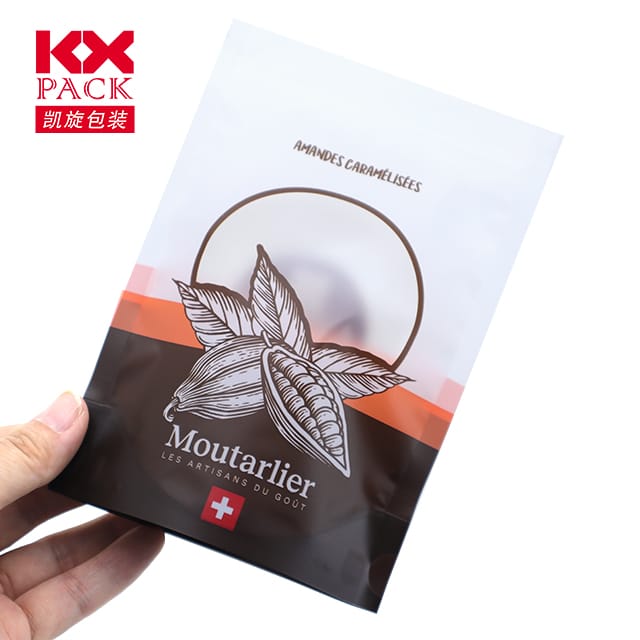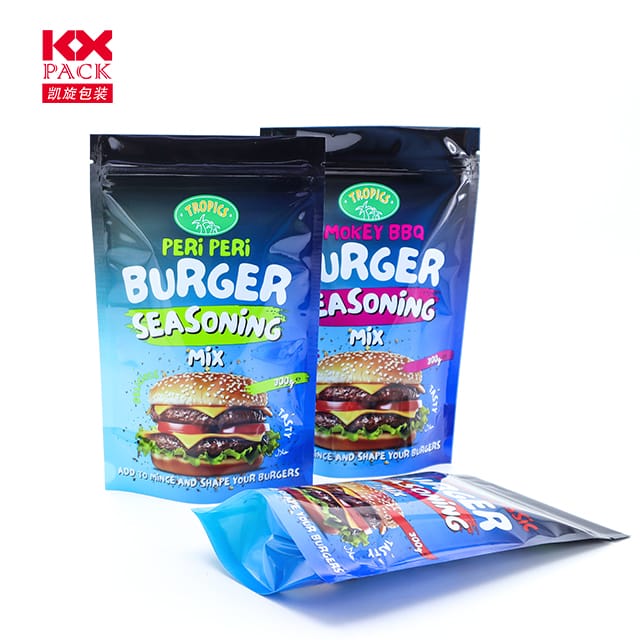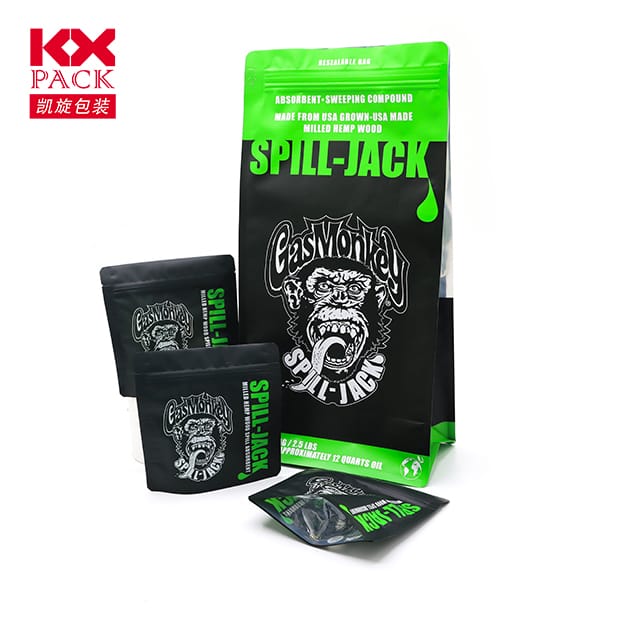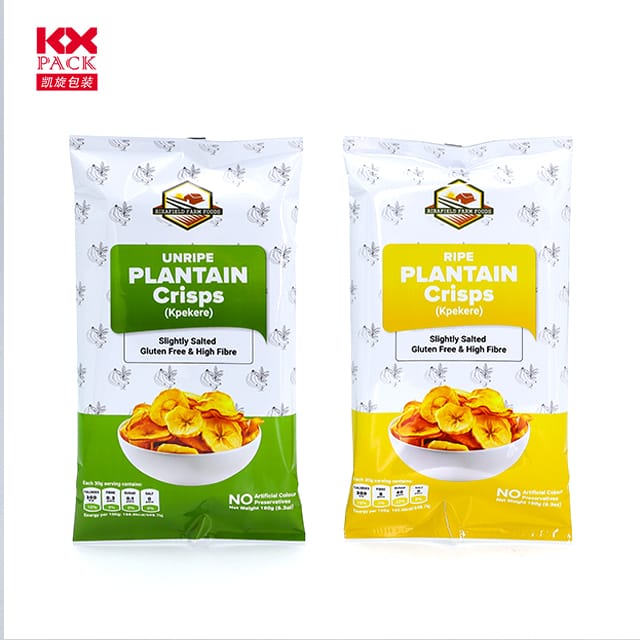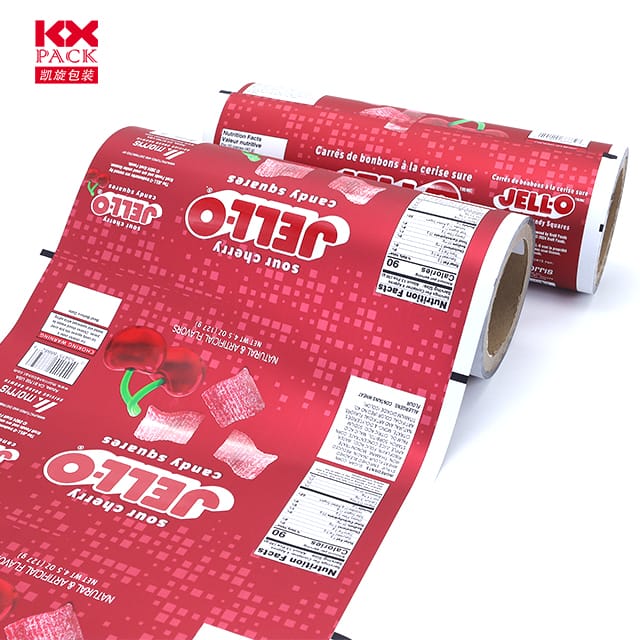Những nguy hiểm tiềm ẩn của phim nhựa thực phẩm: Nhà bếp của bạn có gói không chỉ không chỉ là thức ăn thừa?
Phim nhựa thực phẩm
In the age of convenience, Phim nhựa thực phẩm (còn được gọi là phim bám, bọc nhựa, Hoặc Saran Wrap) đã trở thành một mặt hàng chủ lực của nhà bếp. Liệu nó có bảo quản thức ăn thừa, niêm phong bánh sandwich, hoặc gói sản phẩm tươi, điều này minh bạch, Vật liệu co giãn dường như không thể thiếu. But have you ever paused to consider what lurks beneath its seemingly harmless surface? Let’s peel back the layers on food plastic film—its environmental footprint, health risks, and eco-friendly alternatives.
1. The Environmental Toll: A Plastic Problem That Won’t Stick Around
Phim nhựa thực phẩm is typically made from low-density polyethylene (LDPE) or polyvinyl chloride (PVC). Both materials are lightweight, bền chặt, and… incredibly persistent.
- Non-Recyclable Nightmares: Most municipal recycling programs reject plastic film due to its tendency to tangle machinery. This means the majority ends up in landfills, where it takes 20–1,000 years to decompose.
- Microplastic Menace: When exposed to heat, sunlight, or friction, plastic film breaks down into microplastics. These tiny particles infiltrate soil, waterways, and even the air we breathe, posing risks to ecosystems and human health.
- Wildlife Hazard: Marine animals often mistake plastic debris for food. Turtles, seabirds, and whales have been found with stomachs full of indigestible plastic, leading to starvation or internal injuries.
2. Health Risks: Khi “Bảo quản” Food Becomes Preserving Toxins
Beyond environmental harm, plastic film raises concerns about chemical leaching into the food it’s meant to protect.
- Phthalates and BPA (Sometimes): PVC-based films may contain phthalates (plasticizers that soften the material) or bisphenol A (BPA), chemicals linked to hormonal disruptions, reproductive issues, and even cancer. While many modern films claim to be “phthalate-free,” regulatory gaps mean transparency varies by brand.
- Heat = Higher Risk: Using plastic film in microwaves or to cover hot dishes can accelerate chemical migration. MỘT 2021 study by Environmental Science & Technology found that fatty foods stored in plastic wraps absorbed up to 40% more phthalates than those stored in glass.
- Skin Irritation: Direct contact with PVC films may cause rashes or allergic reactions in sensitive individuals, especially those with eczema or dermatitis.
3. Eco-Friendly Alternatives: Wrapping Up Sustainability
Tin tốt? You don’t need plastic film to keep food fresh. Here are practical, planet-friendly swaps:
- Beeswax Wraps: Reusable, có thể ủ được, and naturally antibacterial, these wraps mold to containers or food using the warmth of your hands. Brands like Bee’s Wrap offer colorful, durable options.
- Silicone Food Covers: Linh hoạt, airtight, and dishwasher-safe, silicone lids stretch over bowls, plates, or even half-cut produce. They’re BPA-free and last for years.
- Glass Containers: Opt for airtight glass storage with leak-proof lids. Bonus: They’re microwave-safe and won’t absorb odors or stains.
- Reusable Fabric Covers: For bread, bowls, or dough, breathable fabric covers (like those from Etee) eliminate plastic waste while keeping food fresh.
- Paper or Parchment: For short-term storage, unbleached parchment paper or waxed butcher paper can work wonders—just avoid using them with acidic or fatty foods.
4. Smart Shopping: How to Choose Safer Films (If You Must Use Them)
If Phim nhựa thực phẩm is unavoidable, follow these tips:
- Read Labels: tìm kiếm “PVC-free,” “phthalate-free,” hoặc “BPA-free” claims. LDPE-based films (often labeled #4 recycling code) are generally safer than PVC (#3).
- Avoid Heat: Never microwave food wrapped in plastic film. Opt for microwave-safe glass or ceramic containers instead.
- Store Smartly: Keep plastic film away from fatty, acidic, or hot foods to minimize leaching.
- Reuse Mindfully: Wash and reuse non-PVC films for non-food tasks (VÍ DỤ., wrapping craft supplies) to extend their lifespan.
Phần kết luận: Breaking Free from the Plastic Habit
Food plastic film might seem like a small convenience, but its cumulative impact—on our health, đại dương, and climate—is anything but trivial. By embracing reusable alternatives and advocating for stricter regulations on plastic production, we can wrap up this chapter of environmental neglect and start fresh.
Your turn: Have you ditched plastic film? Share your favorite eco-swaps in the comments below! Let’s inspire each other to make kitchens (and the planet) a little greener. 🌱
Từ khóa: Phim nhựa thực phẩm, plastic pollution, eco-friendly alternatives, health risks, sustainable living

